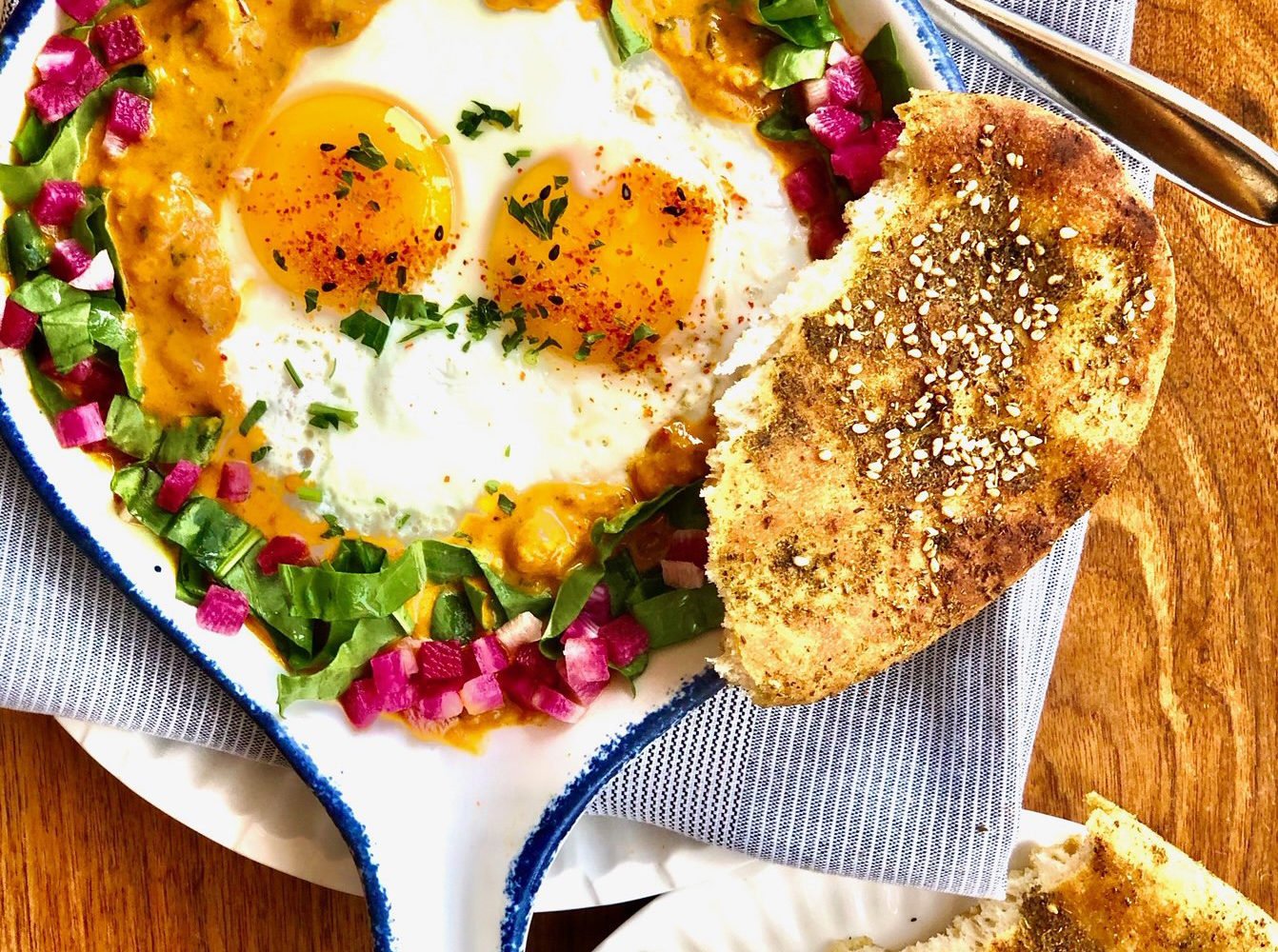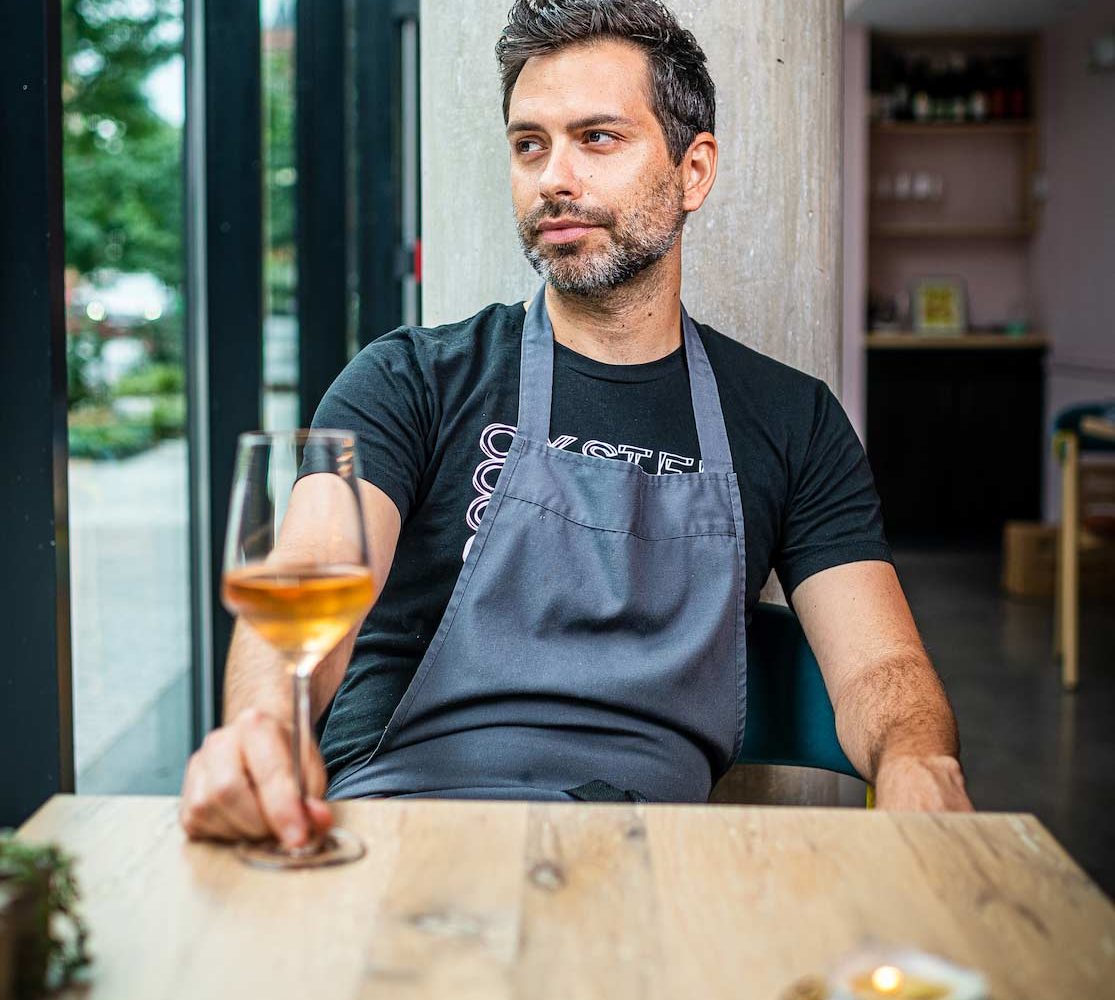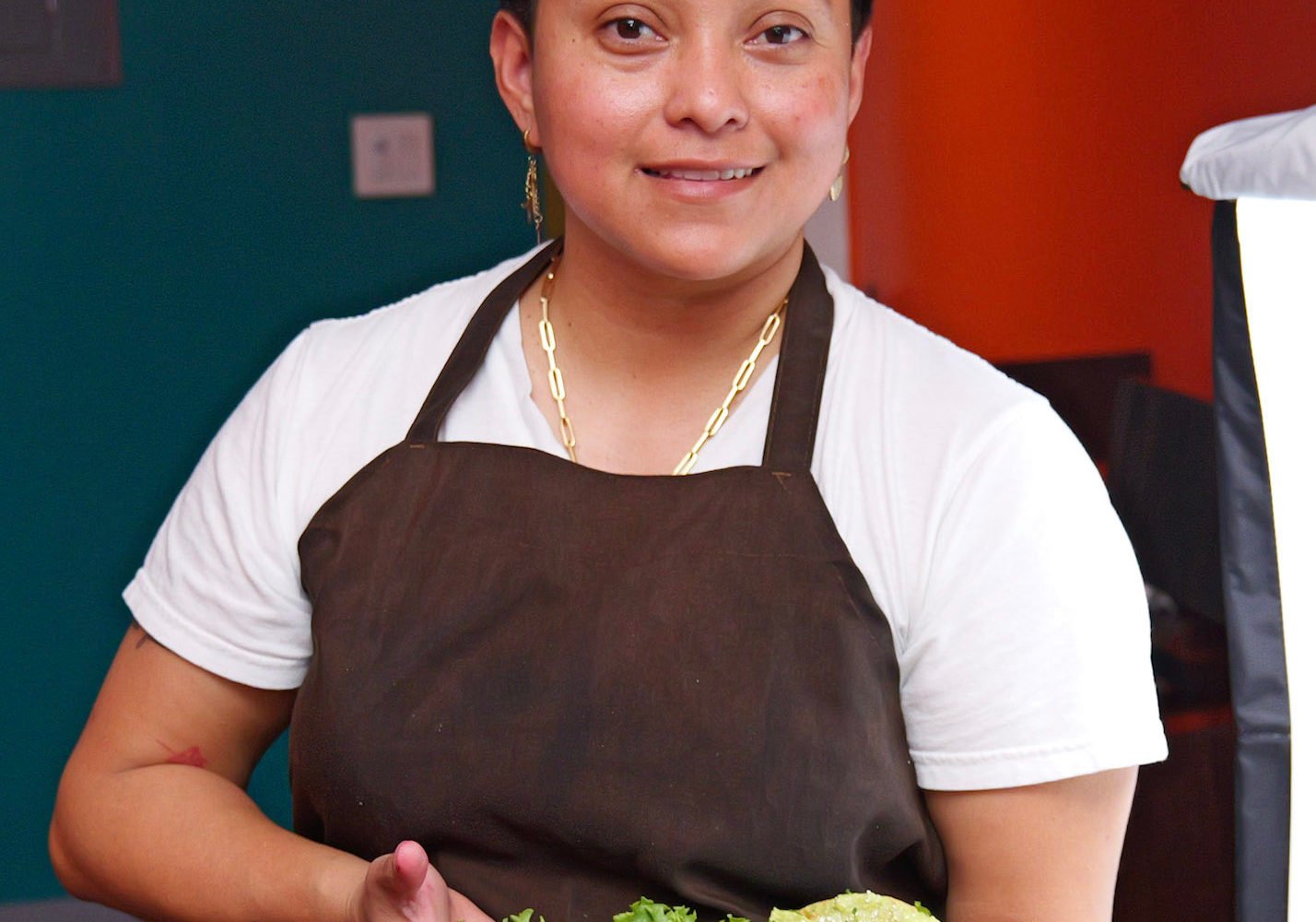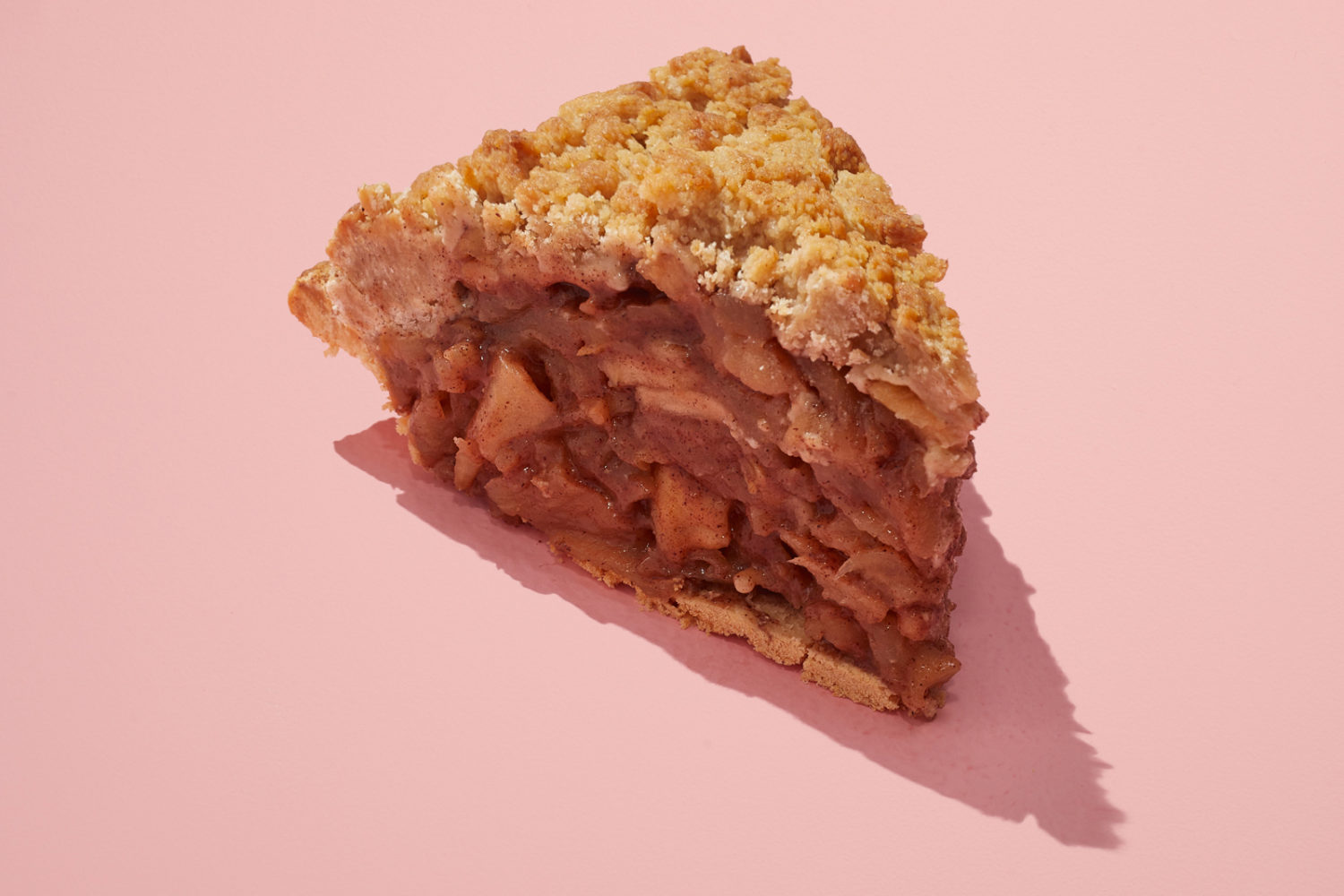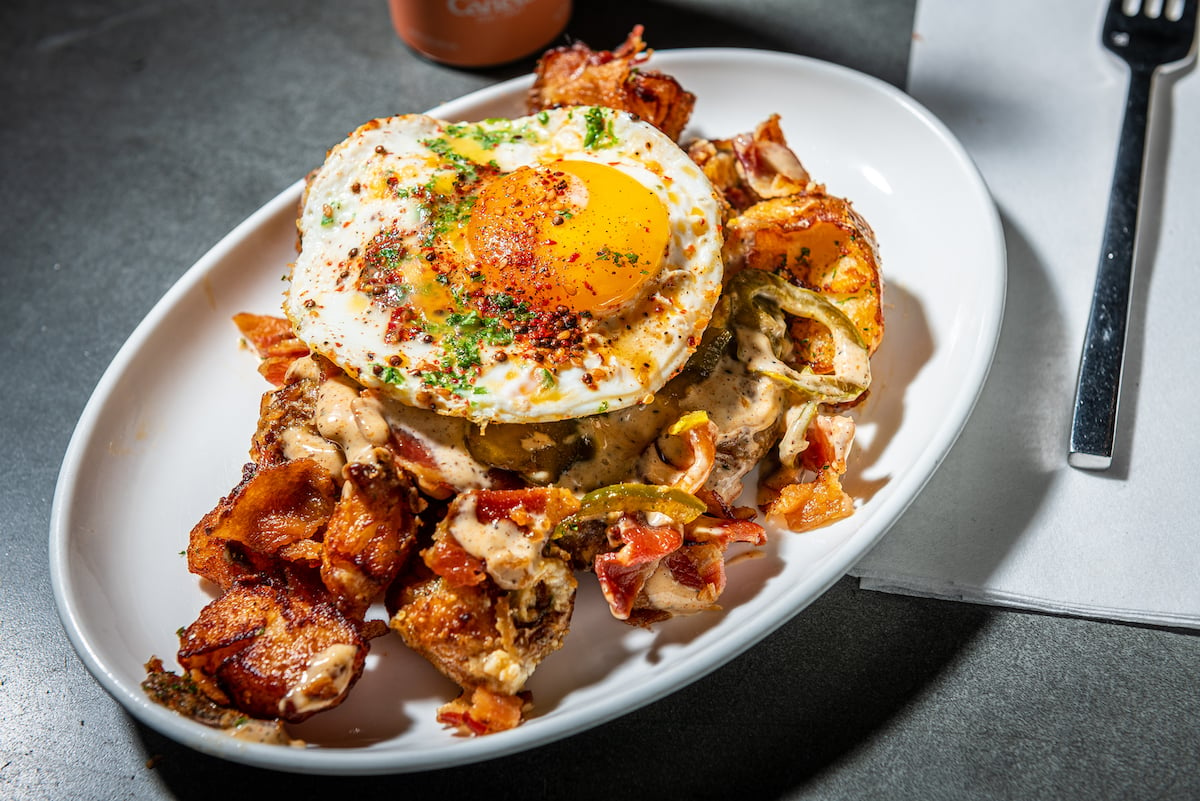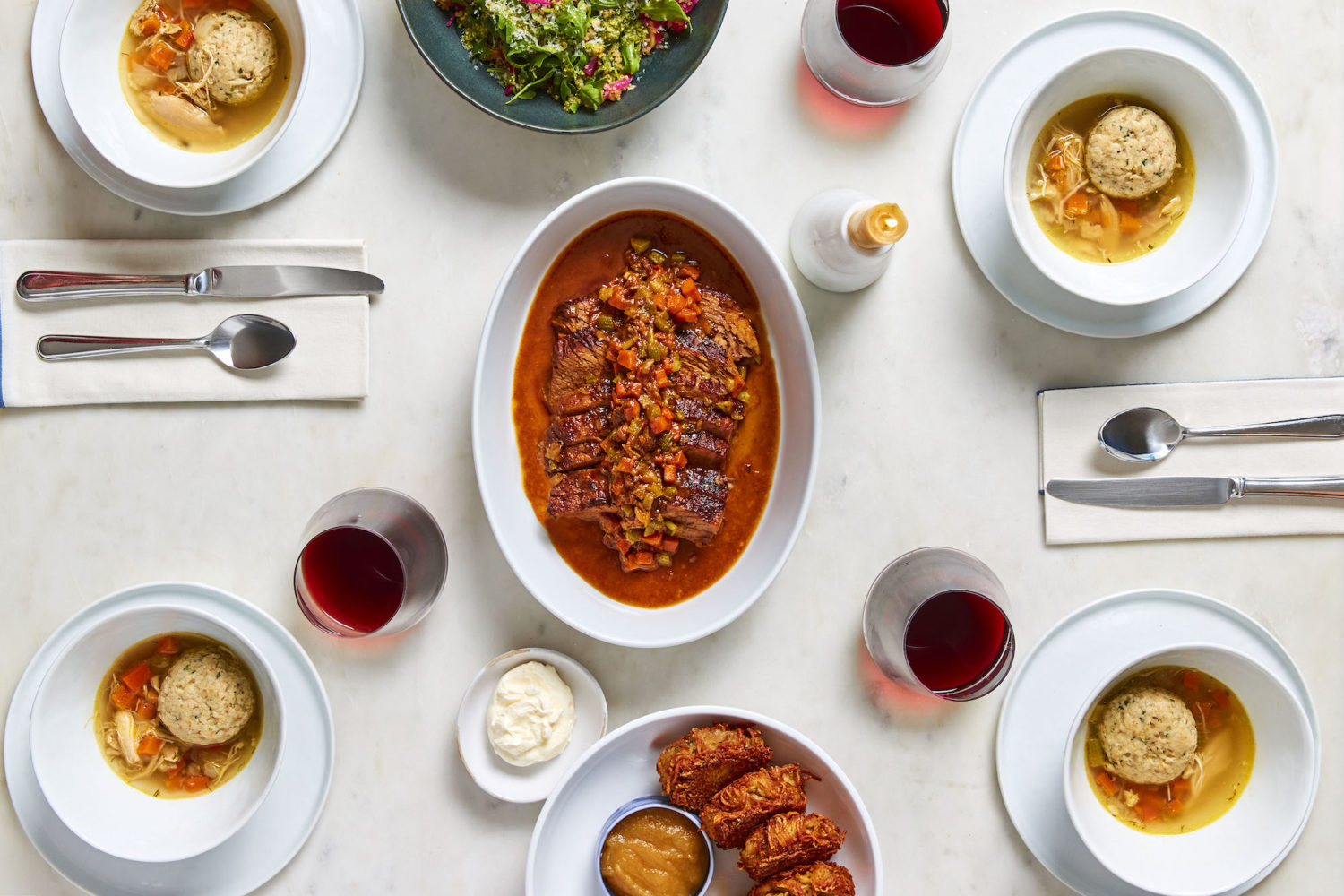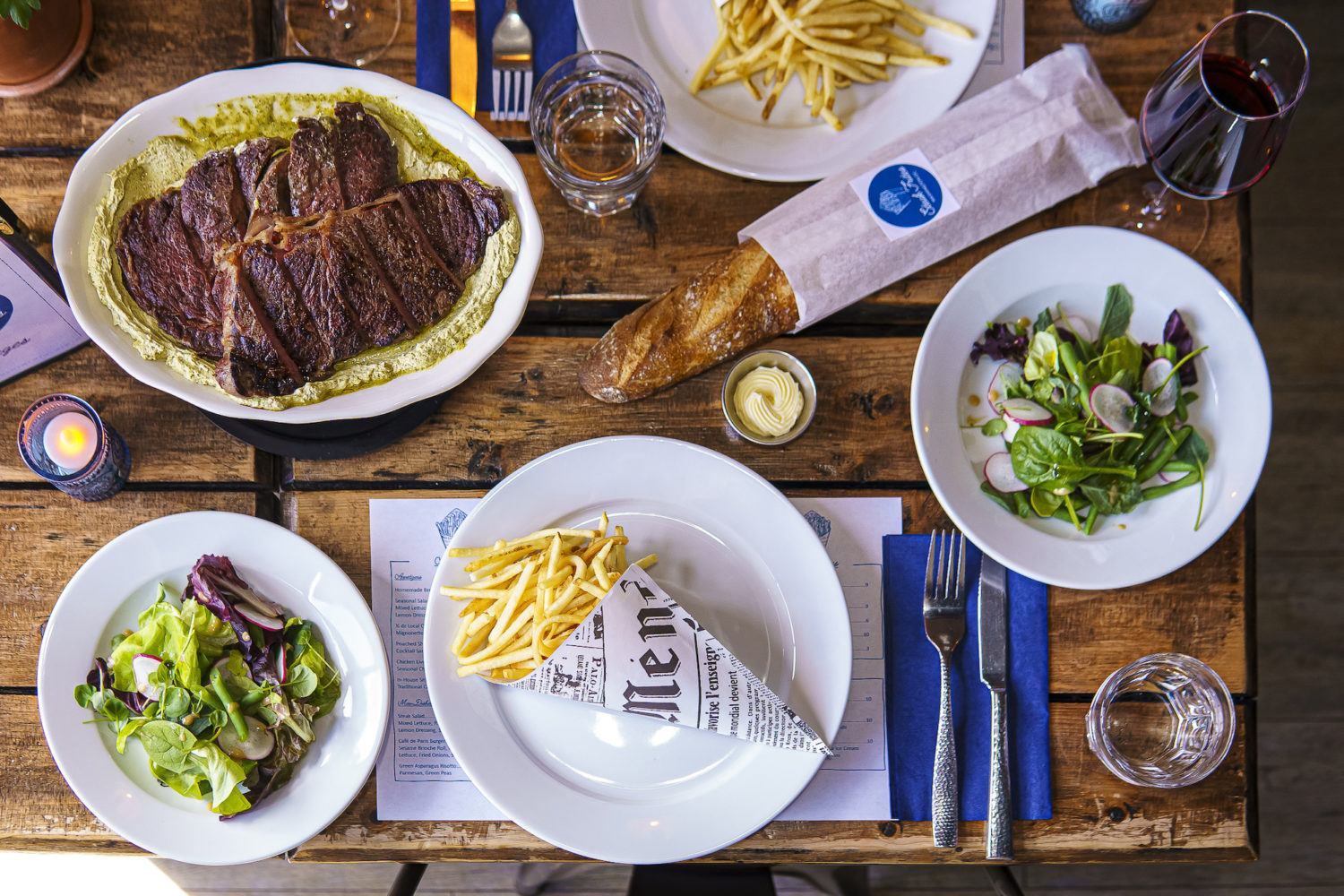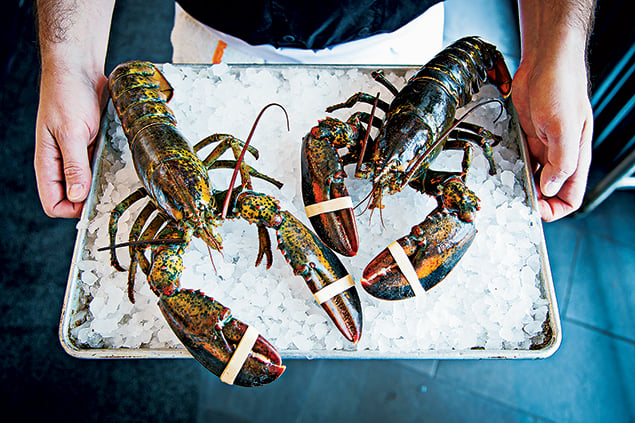August 2006
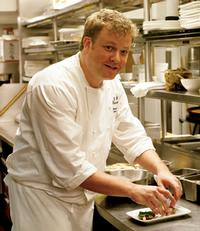
Chefs of fancy restaurants are fond of sending out little gifts from the kitchen at the outset of a meal–a thimble of chilled soup, say, to whet the diner's appetite and set a tone of lightness and adventure. During long, multicourse meals, they'll often deliver a bracing sorbet to prep the palate for more challenging fare.
After leaving Restaurant Eve for 1789 in January–taking the baton from Ris Lacoste, whose reign in the kitchen spanned a decade–Nathan Beauchamp spent the first few weeks wooing the restaurant's longtime regulars (and Lacoste devotees) by sending out a different sort of midmeal gift . Not an appetizer-size taste but an entree-size bonus, a warhorse of a dish that has come to define the place as surely as the prints of George Washington and his calvary that adorn the walls of the John Carroll room.
He sent them rack of lamb.
Beauchamp's version was a slight reworking of Lacoste's signature, so this was less a display of culinary gamesmanship than a demonstration of that quintessentially Washington tactic: solidifying the base. Let the gastronomes discover the delicate pleasures of his lamb-tongue salad– the 31-year-old chef was not so single-minded as to think that a small plate of cool, gelatinous slivers of lamb's tongue was going to keep the loyalists streaming through the door.
Making the leap from cooking in a kitchen to running the show is no small deal. But Beauchamp has made an even bigger jump than that. He has assumed stewardship of an institution.
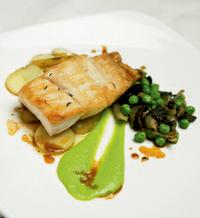
Generations of politicos have wined and dined at 1789, but so have legions of Georgetown students, whether it's for a proper dinner with their parents or the sort of courtly date that looks reactionary in the age of the casual hookup. Few restaurants are as popular with tourists, who flock to the historic townhouse as much for the prospect of getting a glimpse into Washington society after hours as for the gracious service and consistency in the kitchen. The Jefferson Memorial may be more heavily trafficked, but it's not more beloved.
Beauchamp and his bosses at the veteran Clyde's Restaurant Group are clearly looking to reposition the institution as a fresh, relevant restaurant, even as its reputation as a special-occasion destination–a place where gentlemen are required to show up in jackets and ladies are never offered a wine list–precedes it.
If the lamb-tongue salad raised eyebrows among the loyalists, for me the double-take moment came in February when I spotted tres leches cake on the dessert menu. Pastry chef Zoe Behrens's version was excellent–and given a rich boost by the presence of a fourth milk, Coco Lopez–but it seemed incongruous to be eating something so fashionable, so Nuevo Latino, in a place full of worn books and patterned carpets.
Beauchamp recently announced a special three-course, $35 prix-fixe menu, hoping to tempt a younger, more casual crowd that views eating out as theater. The culinarily adventurous ought not to get too excited, nor should devotees of the restaurant be too worried.
Caught between old and new, the institution and the restaurant, his need to feed his art and the demands of satisfying a broad audience, Beauchamp has chosen to split the difference down the middle. It ought to be a recipe for failure, but in fact this straddling approach mostly works. That's because Beauchamp is a careful shopper (he's an adherent of the credo of cooking seasonally and locally, keeping four local suppliers on retainer), and he's wisely concentrated on lightly updating and even simplifying the classics of French country cooking.
Witness the steak tartare, which comes to the table looking like a mound of cut rubies. In isolating many of the seasonings that traditionally give the bistro staple its flavor and kick, Beauchamp draws attention to them, and the fried capers and cracked quail egg are every bit as intense as the beef.
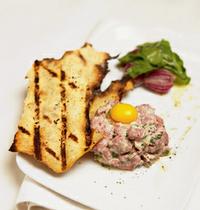
Escargot show up studding a well-baked tart shell. Butter and garlic are deployed sparingly, and the earthiness of the escargot, teased out by long, slow roasting, lingers long after you're done. The bright grace notes lift the dish–the mince of cornichon on top and a verdant pool of parsley sauce.
The suckling pig turns out to be an assertively porky terrine with a lingering, livery finish. The sharp house-made mustard enhances and intensifies the deep flavors.
The Kurobuta pork chop is more than an inch thick, with a caramelized exterior that appears shellacked. What Kobe is to beef, Kurobuta is to pork. Which is to say, when you pamper black, English-bred hogs to a degree that even a spa-goer might find enviable, you get pork that tastes like pork, not the denatured "other white meat" that has made the rounds for the last decade. The best thing a chef can do is to present it as simply as possible, and Beauchamp does–there's not even a sauce on the plate. And you don't miss it. Even the accompaniments–a tiny pile of overwilted chard and a small, cast-iron skillet of cherry clafoutis cooked in bacon fat, in the manner of a Yorkshire pudding–feel extraneous.
Four meals have taught me that betting on deep and earthy flavors doesn't always pay off: The rabbit, though stuffed with minced leg meat cooked in its own fat, was a touch overcooked on one visit; a breast of duck was dry and juiceless, upstaged by its crepes of confit leg meat and fresh blackberry sauce.
How to explain a chef who worships at the altar of seasonal and local loading up his summer menu with big, heavy dishes, other than that celebrating diners are going to demand them ? Then again, Beauchamp struggles with more subtle, refined fare . One night's halibut is perfect, the soft flakes sweet and almost translucent; another, the fish arrives dry and stringy. The delicacy of a lightly fried soft-shell was undercut by a wet, spicy, Asian-style slaw. Oversalting did in the branzino.
One of the biggest risks on the menu is an appetizer of raw fluke sculpted into a tight-budded flower–a nod to the crudo craze. It's framed on the plate with parallel slicks of sauce–a tamarind paste and a fruity olive oil. Their puckery sharpness only points up the tastelessness of the fish, just as the dish mainly emphasizes the chef's sometimes strained attempts to distinguish himself from the demands of the audience.
It's perhaps ironic that for all Beauchamp's efforts to introduce new flavors and approaches, the star of the menu remains the signature dish he's obliged to do no more to than tweak: the rack of lamb. The plating is as stately and grand as the house itself, the long, white rib bones interlocked like horns, the meat thick and rosy and sprinkled with coarse salt. Beauchamp updates the supporting cast, balancing a small triangle of potato galette, crispy on top, creamy in the middle, atop a mound of Grafton cheddar potatoes, and including another small mound of some of the creamiest spinach you'll ever eat.
Is it a gastronomic epiphany? No. But it's exceedingly well thought out and well prepared. It may not please Beauchamp to hear that rack of lamb is what he is probably going to be remembered for, nor to hear that he's at his best when he's at his simplest. But it's certain to gratify the restaurant's most loyal supporters.






